Author Debbi Michiko Florence and I are creating a six-part Asian Culture Series with books, activities, and recipes. We are kicking off the series by looking at the Asian New Year.
This is part one of our 6 Part Asian Craft and Culture Series:
- November 2017: Asian New Year
- February 2018: Asian Drumming
- May 2018: Pink Flamingo Day
- August 2018: Picnic and Scavenger Hunt
- November 2018: Snow Statues
- February 2019: Sumo
Did you know that Japanese New Year is January 1st, but Chinese New Year, Korean New Year, and Tet, Vietnamese New Year, is celebrated based on the lunar calendar? (More Chinese New Year books here.)
Today, we are sharing:
- Making mochi the easy way by way of a microwave!
- A Chinese Red Envelope Craft
- A picture book list for Asian New Year
Thanks for coming on our Asian Culture series journey. Will you celebrate an Asian New Year this upcoming year? We hope this post will make it easier!
Recipe: Microwave Mochi
Debbi Michiko Florence has this recipe on her website: Microwave Mochi Recipe.
I found Mochiko Sweet Rice Flour at my local Korean Supermarket, but you can also buy it online at Amazon. 3 boxes are $10.
You will need:
- Mochiko Japanese Rice Flour (1.5 cups)
- white sugar (1 cup or 3/4 cup if you like it less sweet)
- water (1.5 cups)
- cooking spray or oil
- Mix the ingredients in a bowl until smooth.
- Pour into a greased microwavable pan.
- Cook in microwave on high for 7.5 minutes.
- Pour mochi onto a cutting board dusted with Mochiko powder.
- Cool and cut into squares.
- Eat by dipping into soy sauce if you like savory or cinnamon sugar if you like sweet.
Activity: Make Chinese Red Envelopes
If you want to make your own Chinese Red Envelopes, I have a printable craft here. I did this craft with my son’s 2nd grade class. If you want to explore China further, you can print out replicas of Chinese money to cut out and put in the envelopes too.
Asian New Year Picture Books
Japanese New Year: Jasmine Toguchi, Mochi Queen by Debbi Michiko Florence, illustrated by Elizabet Vukovic
Eight-year-old Jasmine Toguchi is a younger sister who never gets to do anything first. For this year’s New Year’s celebration, her older sister gets to help the women roll mochi for the first time. Jasmine decides she will have her own first: the first female in her family to pound mochi with the men! [early chapter book, ages 6 and up]
Chinese New Year: The Nian Monster by Andrea Wang, illustrated by Alina Chau
In a previous post, I shared Grace Lin’s take on why Tiki Tiki Tembo is problematic as a picture book and gave a list of Chinese New Year picture books to use instead.
The Nian Monster would be my first choice to replace Tiki Tiki Tembo as it also is an exciting story of overcoming danger but this book also shows why the special foods used to celebrate Chinese New Year also helped in defeating the Nian monster. [picture book, ages 4 and up]
Vietnamese New Year: Ten Mice for Tet by Pegi Deitz Shea and Cynthia Weill, illustrated by To Ngoc Trang
Janet Wong shared a list of Lunar New Year celebrations and picture books on the Multicultural Children’s Book Day blog with web resources for your Lunar New Year celebration research:
Cambodian/Khmer Chaul Chnam Thmey
Tibetan Losar
Ten Mice for Tet counts down the preparations and celebration of Tet with end notes that give more background on Tet. [picture book, ages 2 and up]
Korean New Year: New Clothes for New Year’s Day by Hyun-Joo Bae
Asian New Year celebrations include getting ready for the New Year by cleaning the house, preparing special food, and getting new clothes. In this Korean celebration, a little girl gets dressed in a special hanbok that her mother made for her. A hanbok is a traditional Korean dress that includes a wrap-around skirt, short jacket, vest, and bag. It is typically colorful and beautifully embroidered. [picture book, ages 4 and up]
In the Year of the Boar and Jackie Robinson by Bette Bao Lord
First published in 1984, this perennial favorite is witty, lively, and charming. I recently reread it and found it as fresh as ever. Set in Brooklyn in 1946, it tells of Shirley Temple Wong, a Chinese immigrant girl who enters fifth grade speaking almost no English.
After being ignored by her classmates from many races, she learns to play stickball and loves listening to broadcasts of baseball games.[middle grade, ages 8 and up]
The Year of the Dog by Grace Lin
The Year of the Rat by Grace Lin
The sequel to The Year of the Dog finds Pacy dealing with big changes that this year portends. Her best friend Melody moves away, and Pacy struggles with filling that void which brings forth questions about racism and her own identity. [middle grade, ages 8 and up]
To examine any book more closely at Amazon, please click on image of book.
As an Amazon Associate, I earn from qualifying purchases.
Follow PragmaticMom’s board Multicultural Books for Kids on Pinterest.
Follow PragmaticMom’s board Children’s Book Activities on Pinterest.
My books:
Amazon / Signed or Inscribed by Me
 Amazon / Signed or Inscribed by Me
Amazon / Signed or Inscribed by Me
Food for the Future: Sustainable Farms Around the World
- Junior Library Guild Gold selection
- Selected as one of 100 Outstanding Picture Books of 2023 by dPICTUS and featured at the Bologna Children’s Book Fair
- Starred review from School Library Journal
- Chicago Library’s Best of the Best
- 2023 INDIES Book of the Year Awards Finalist
- Green Earth Book Award longlist
- Imagination Soup’s 35 Best Nonfiction Books of 2023 for Kids
Amazon / Barefoot Books / Signed or Inscribed by Me


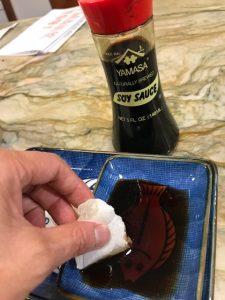

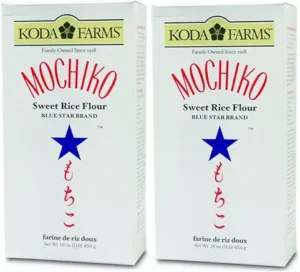
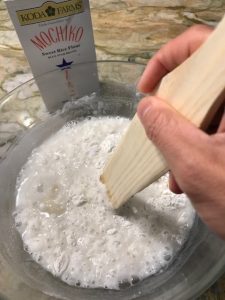
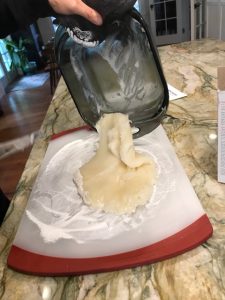

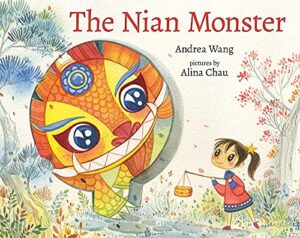

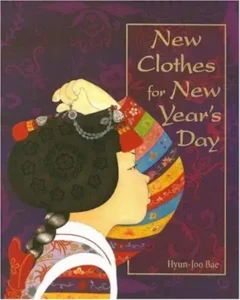







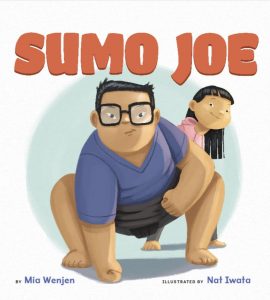


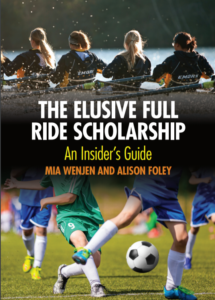




Wonderful post! I might have to “borrow” this idea and do one for South Asian holidays. 😉
Yes! Please do Darshana!
Hooray for Andrea & Debbi & their books!!! Thanks for sharing this, Mia!
Soon it will be Chinese New Year !! I’m so impressed you made Mochi . Happy MCBD !! As always it’s such a joy to do this together.
I did not know you could make mochi via the microwave! This changes everything!
H! Korean also observe lunar new year as well as China ,Vietnam and other countrties. Please correct your wrong information.
Lunar new year is called the Spring Festival, or Cun Jie, by Chinese and Taiwanese, it is also called Tet Nguyen Dan by Vietnamese, Sol by Koreans, Losar by Tibetans, and Tsagaan Sar by Mongolians.
Sorry about that June. My husband is a Korean national (came to the U.S. as a child) and he told me that Korean’s celebrate New Year on January 1, not Lunar New Year. I’ll update!
“Korean New Year is the first day of the Korean calendar. It is one of the most important traditional Korean holidays. The celebration usually lasts three days: the day before Korean New Year, Korean New Year itself, and the day after Korean New Year.” From Wikipedia